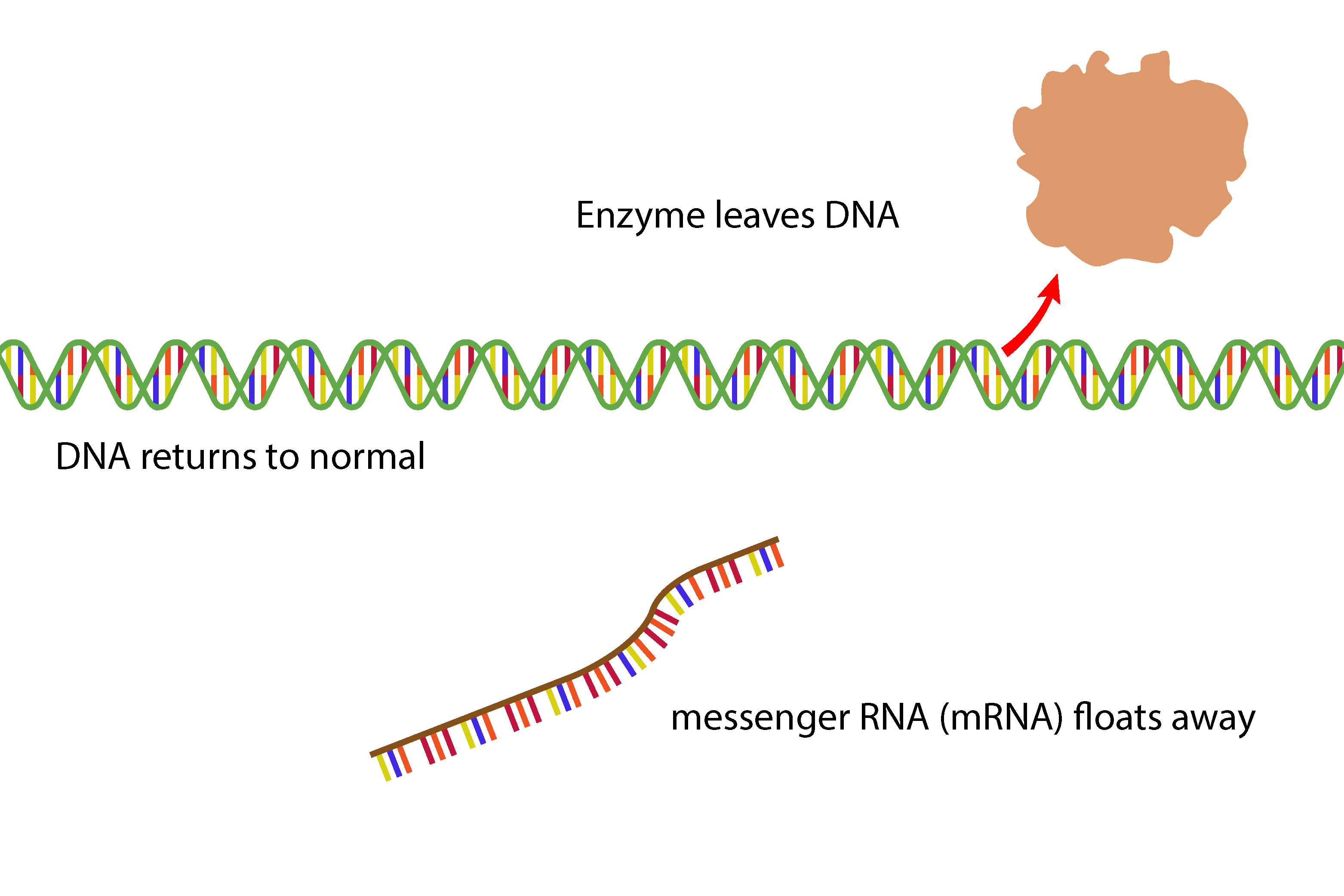Protein formation
How do we make a protein such as haemoglobin?
Protein production starts inside the nucleus of a cell.
Note: Protein production takes place in all cells including plant cells.
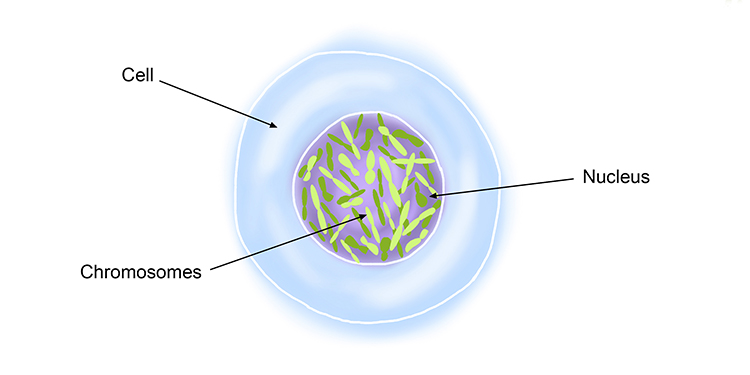
The genome in humans is comprised of 46 chromosomes. Each chromosome contains a long strand of DNA.
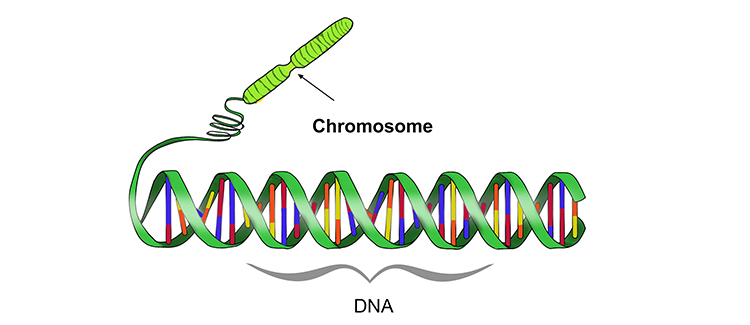
Within each of the DNA strands are segments or sections called genes.
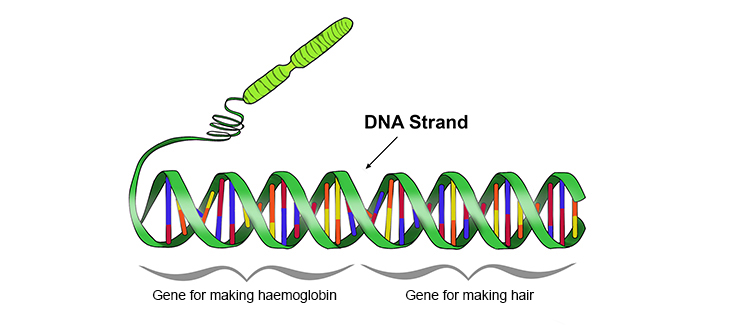
Genes are the instructions for making proteins.
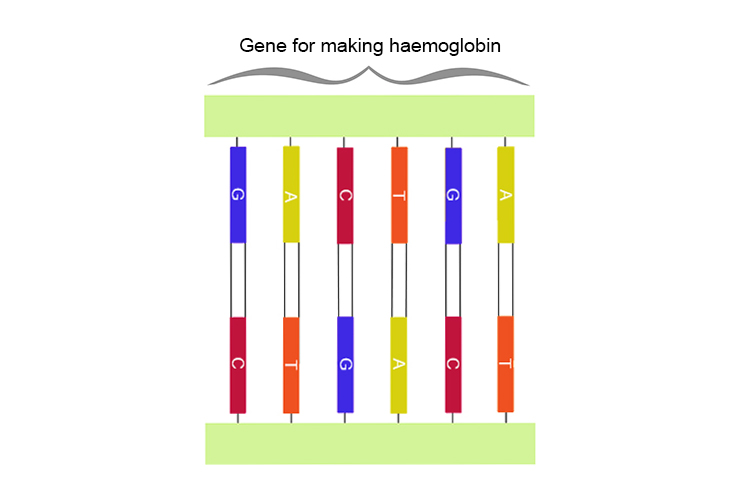
The example below shows the process for constructing a haemoglobin protein which goes onto form part of the red blood cells
First the enzyme attaches to the DNA at the start of the gene sequence it wishes to read.
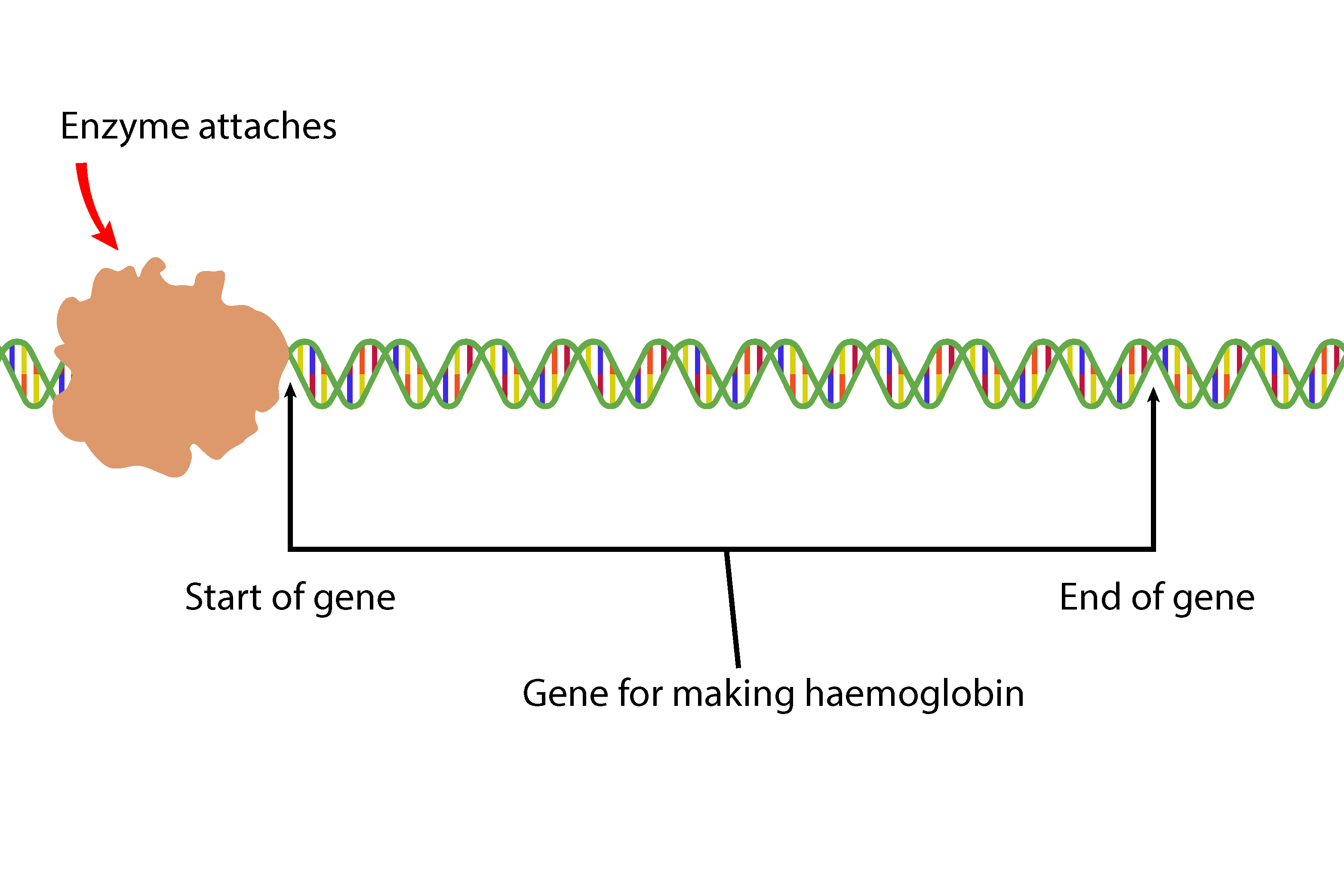
Then the enzyme splits the DNA apart.
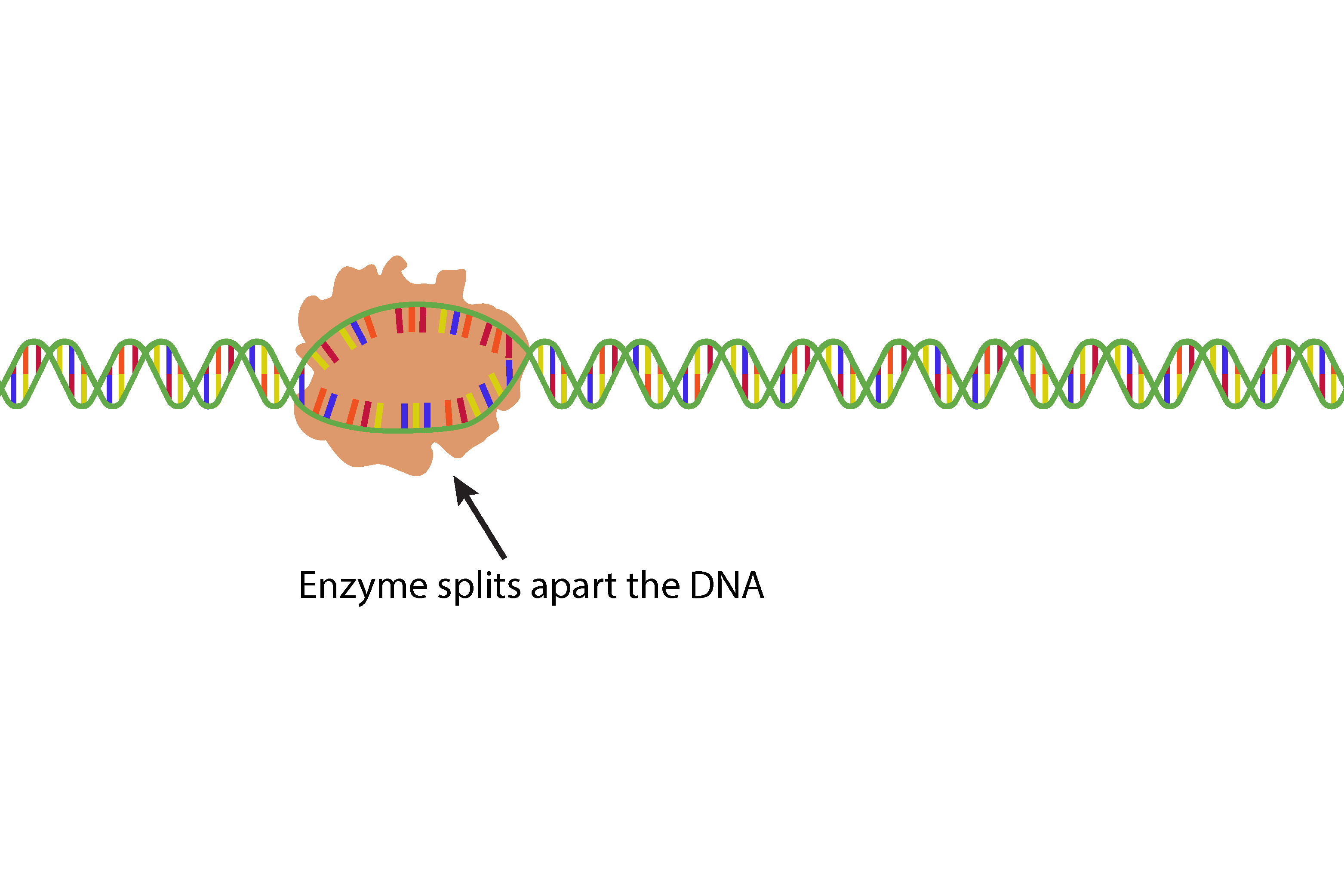
This allows free floating nucleotides within the nucleus to join the DNA bases in the correct order.

The nucleotides now joined together in the correct order create a new strand. This strand is called “messenger RNA” or mRNA. This messenger RNA (mRNA) starts to pull away from the DNA.
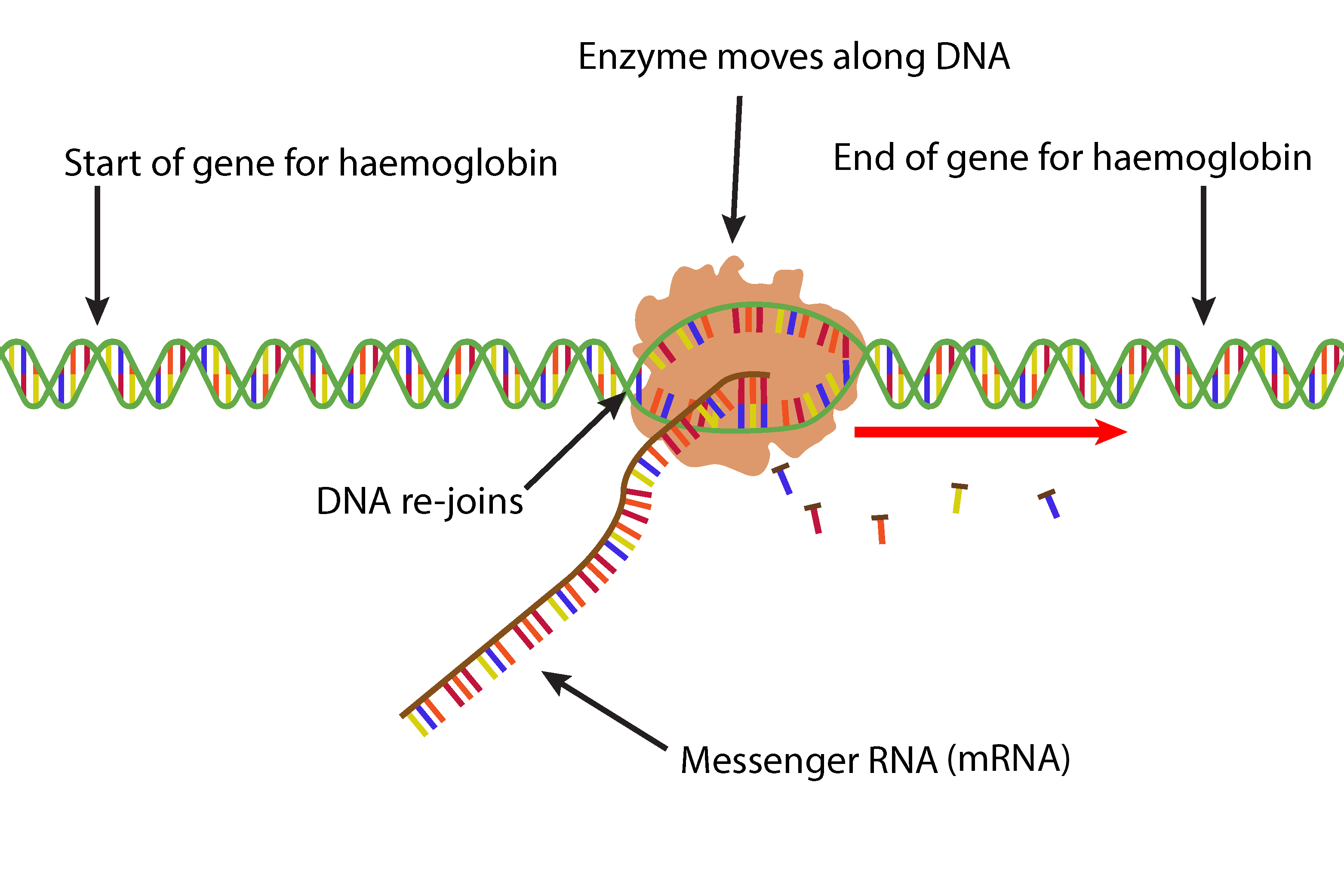
The enzyme continues along the length of the DNA opening and closing it as it goes until it gets to the end of the gene segment.
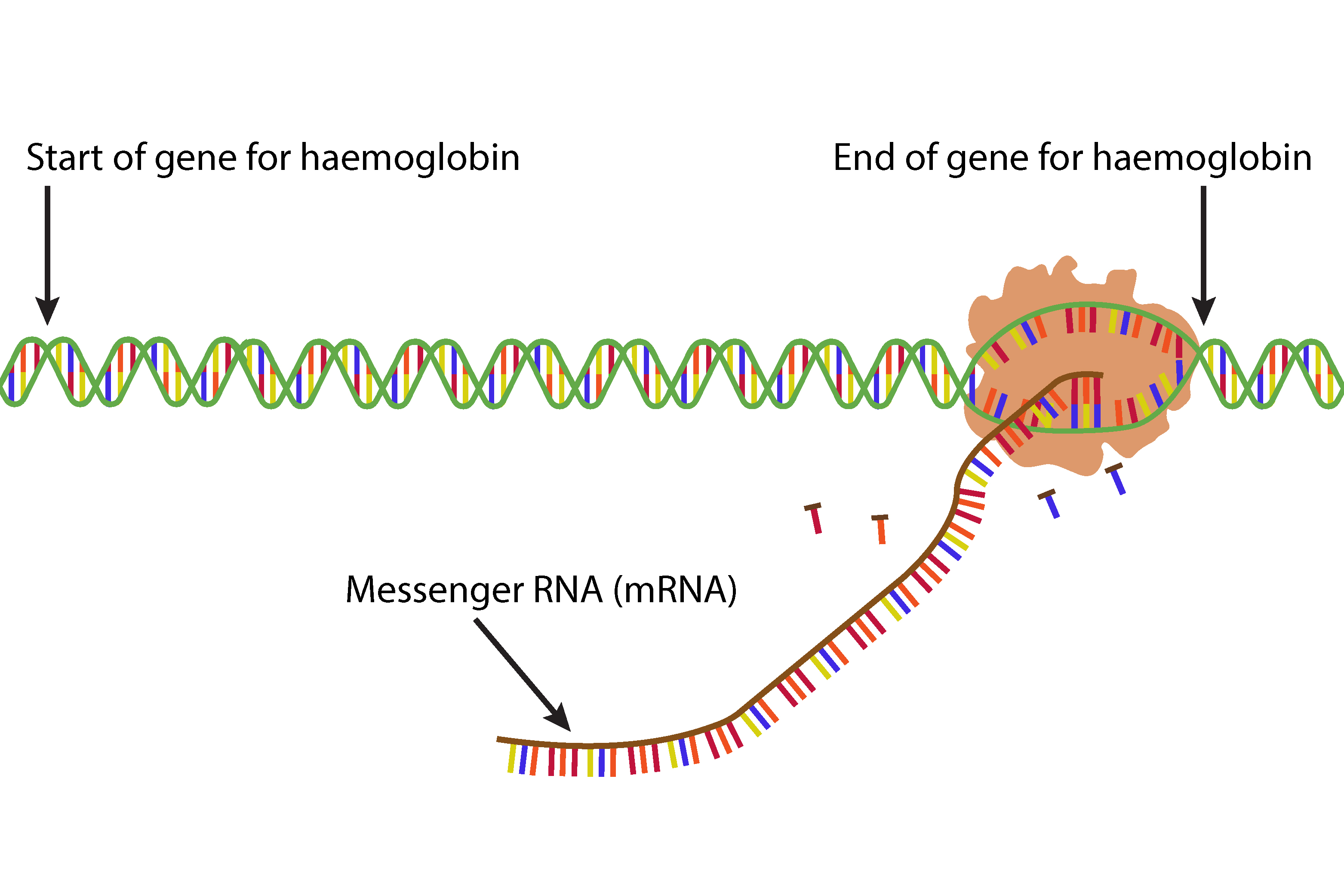
Finally the messenger RNA (mRNA) is free to float away from the DNA. The enzyme also leaves the DNA.
